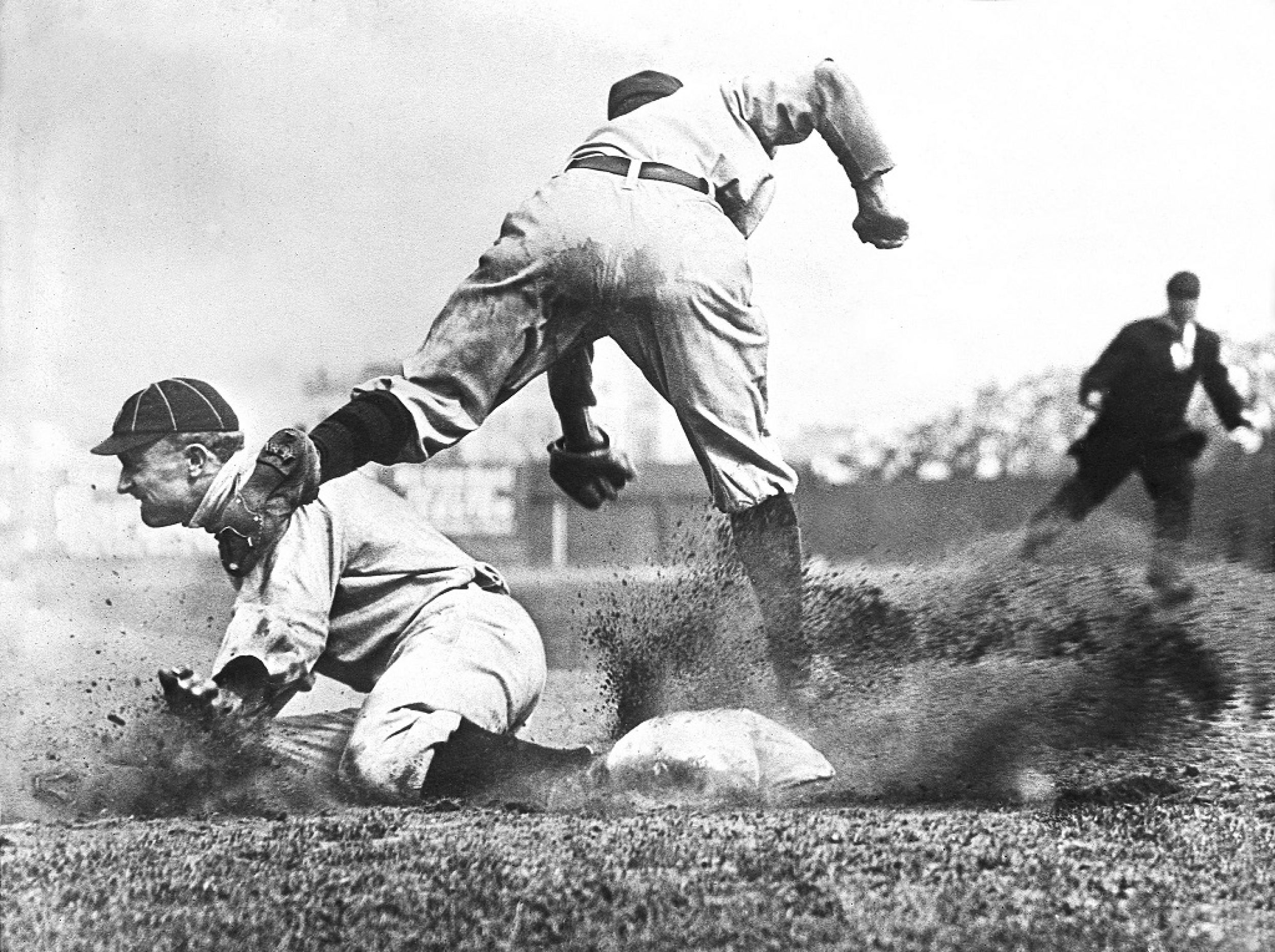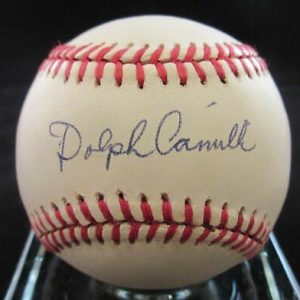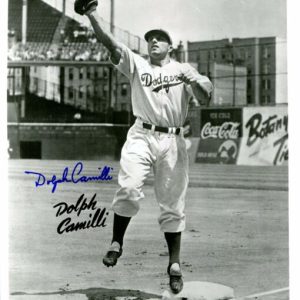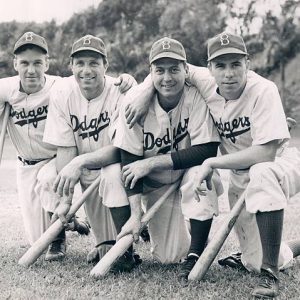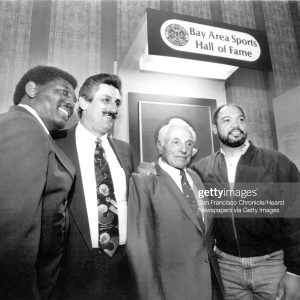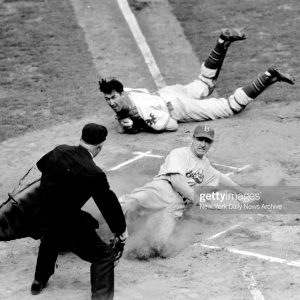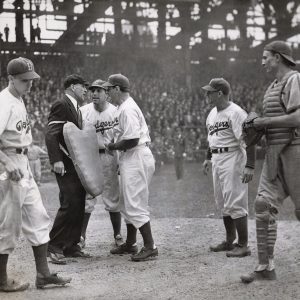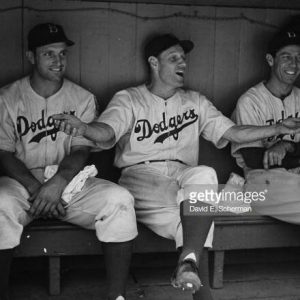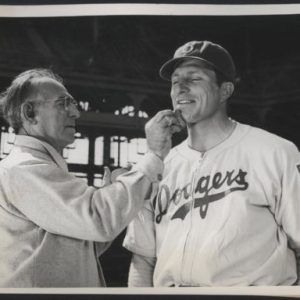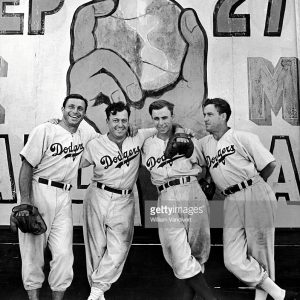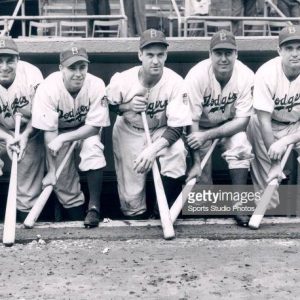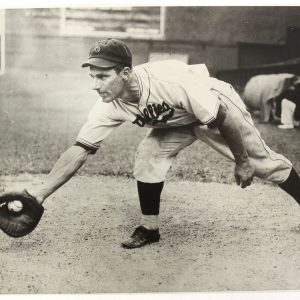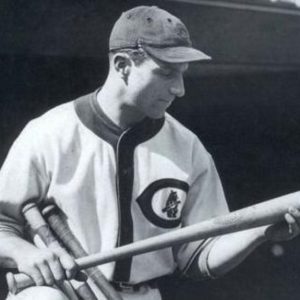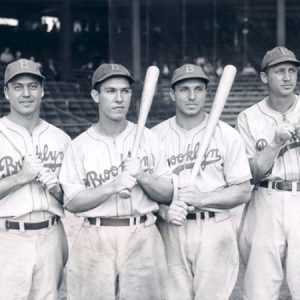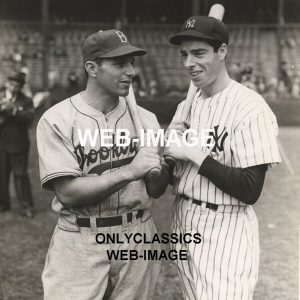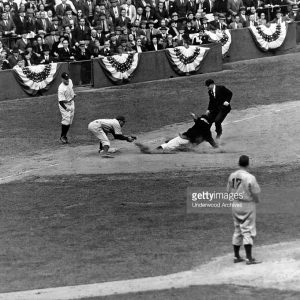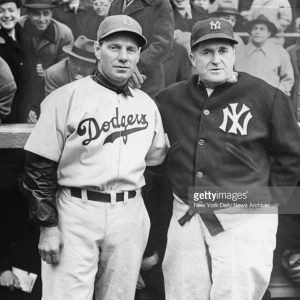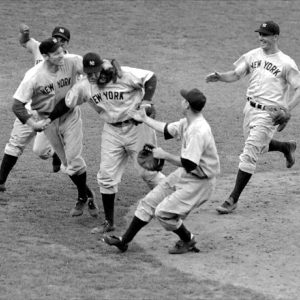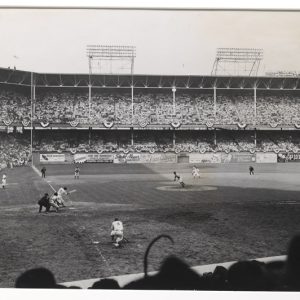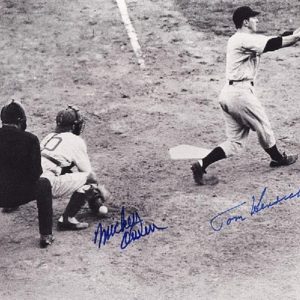Baseball History Comes Alive Now Ranked #2 by Feedspot Among All Internet Baseball History Websites and Blogs!
Guest Submissions from Our Readers Always Welcome!
Visit the Baseball History Comes Alive Home Page
Subscribe to Baseball History Comes Alive
Free Bonus for Subscribing:
Gary’s Handy Dandy World Series Reference Guide
Dolph Camilli and 1941 Dodgers Photo Gallery
Today we welcome back longtime Brooklyn Dodger fan, Bill Gralnick, with an interesting essay about one of his favorite players: the overlooked Dodgers star, Dolph Camilli. Bill writes a monthly column for the Brooklyn Eagle, where this essay first appeared. Since it’s a bit long, I’ve divided it into two parts. I think you’ll find interesting what Bill tells us about a fine player who was the 1941 MVP, and, according to Leo Durocher, one of the strongest men ever to play the game. -GL
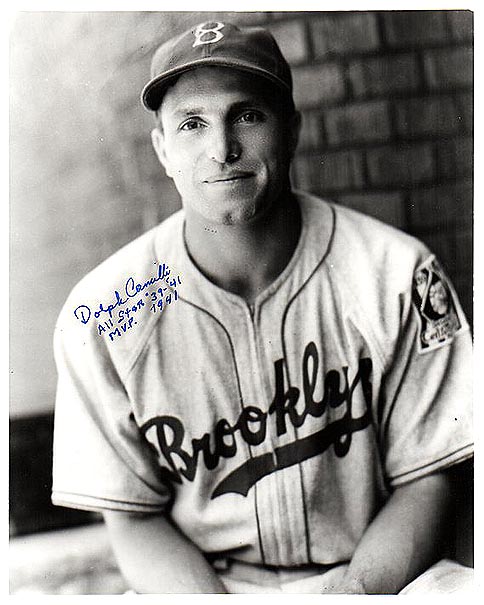
Another Edition of Baseball’s Forgotten Stars
Dolph Camilli
Slugger with a Smile!
(Part One)
Okay, kids, the questions for the day are: who was #4 before Duke Snider, and who did Gil Hodges replace at first base? The answer to both questions is “Dolph” Camilli, a graceful fielder (also called by SABR “fine-fielding”) was deceptively strong. Leo Durocher, his manager, described Camilli as “a gentleman who was strong as an Ox.” Richard Goldstein of the NY Times said Camilli swung the bat “ferociously,” a swing he said “swatted” many a ball into Bedford Avenue as it sailed over the iconic Ebbets Field right field wall. He was one of those players who usually hit the ball a ton or struck out.
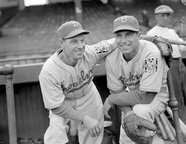
Both Hodges and Camilli were April babies. This piece is about Camilli because he was a gem that few but baseball historians and World War II-era fans know anything about. His numbers tell us he should be much better known. He was both well respected as a baseball player and well-liked on and off the field, well-liked enough to be named captain of the 1941 Dodgers. And while he had a smile that could charm the spots off a leopard, he could be as stubborn as the cattle he herded on his California ranch. He was a West Coaster, born in San Francisco on April 23, 1905.
A lefty, Camilli, who spent 8 years in the minors, was average in size for a pro ball player. According to MLB.com, he was 5-10 and weighed 185. He enjoyed his greatest successes in the six seasons before the war.
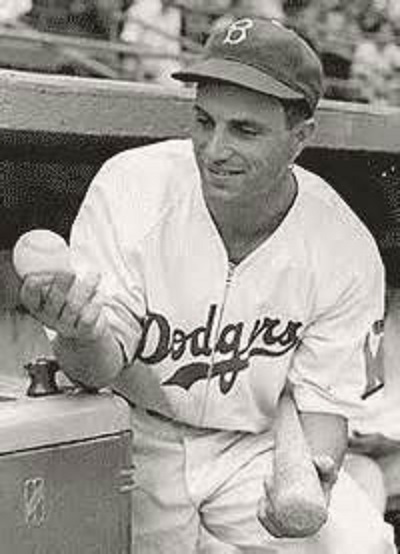
After those eight years in the minors, he debuted in the major leagues with the Chicago Cubs at the end of the 1933 season. Traded to Philadelphia in 1934, Camilli quickly established himself as a power hitter. His numbers speak to his being an all-round player. While not enshrined in Cooperstown, Camilli was voted into the Dodger Hall of Fame and the Bay Area Hall of Fame.
The Spokane Review said in its obit of Camilli that he was league MVP in 1941 and a two-time All-Star in his 12 years as a major leaguer. In his 12-season career, Camilli posted a .277 batting average with 239 home runs and 950 runs batted in during 1,390 games played. He had 1,482 hits, scored 936 runs, knocked in 950, and stole 60 bases.
His on-base percentage of .388 and slugging percentage of .492 were also very respectable, as was his career WAR. It was in the “All-star” range, a rating of 43.2.
The Review’s Jim Piece wrote that Camilli led the Dodgers to the 1941 N.L. pennant. He was named the league MVP, belted 34 home runs, and drove in 120 runs. It was his banner year.
Camilli played in the major leagues from 1933 to 1945, mostly with the Phillies and the Dodgers. Camilli drove in more than 100 runs four times and scored more than 100 runs four times. He could show control over his bat, though. Twice, he led the N.L. in walks.
Camilli was also the first building block in the Dodgers’ recovery from a string of dreary seasons described this way by the New York Times in SABR’s profile:
“The Ebbets Field seats, (mostly empty) were crumbling, the ushers were surly, and the second division was a perennial address.”
This writer assumes it was so bad that “wait ‘til next year” wasn’t even “a thing” for the Dodger fans of those days…
(Part Two to follow)
Bill Gralnick
We’d love to hear what you think about this or any other related baseball history topic…please leave comments below.
Check out Bill’s Blog: atleastfrommyperspectiveblog
Check out Bill’s books: George Washington Never Slept Here and The War of the Itchy Balls and Other Tales From Brooklyn. Available on Amazon.com paperback or e-book
Subscribe to Baseball History Comes Alive. FREE BONUS for subscribing: Gary’s Handy Dandy World Series Reference Guide. https://wp.me/P7a04E-2he
